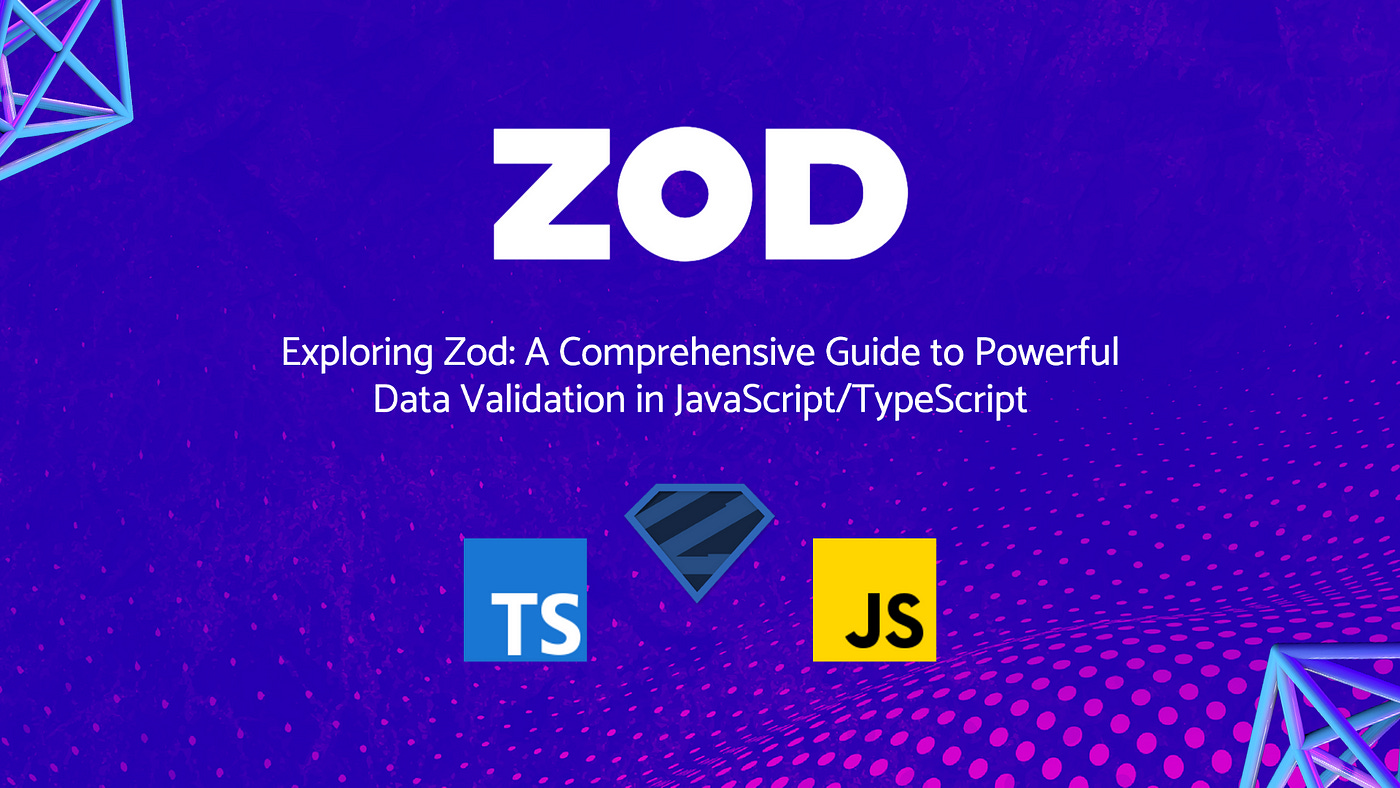How I Ditched the Shit Mountain of Data Validation Code with Zod
Say goodbye to messy data validation with Zod! Learn how this TypeScript-first schema validator boosts code reliability & developer experience.
"Top Python Libraries" Publication 400 Subscriptions 20% Discount Offer Link.
Today, let’s talk about a topic that front-end, back-end, and even full-stack engineers can likely relate to—data validation.
Have you ever had an online application crash because of a null or undefined value? Have you ever been frustrated by the bizarre data structures returned by the back-end or the “surprising” data formats submitted by the front-end?
TypeScript is great, but it mainly works at compile time. When it comes to dynamic runtime data, we still need a solid line of defense.
Before encountering Zod, my approach to data validation was, frankly, quite “retro” and inefficient: a ton of if/else statements or some barely usable libraries with poor developer experience.
It wasn’t until I discovered Zod that my development experience and code quality truly leveled up. Today, I’ll share how I used Zod to finally say goodbye to the maddening “interface data type gymnastics.”
The Data Pitfalls We’ve All Stepped Into
Do you remember the fear of being dominated by data issues?
Scenario 1: The Back-End’s “Surprises”
The back-end team confidently assures you, “This field is definitely a number!” But in reality? You get "123" (a string), null, or even a missing field. The front-end parses it, gets a NaN warning, the page crashes with a white screen, and user complaints come pouring in.


